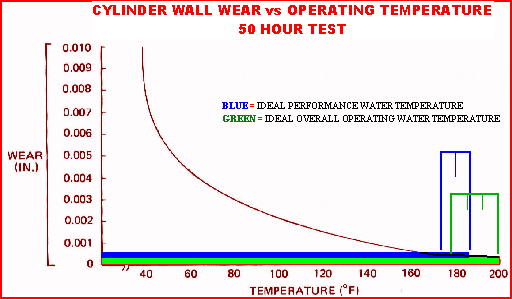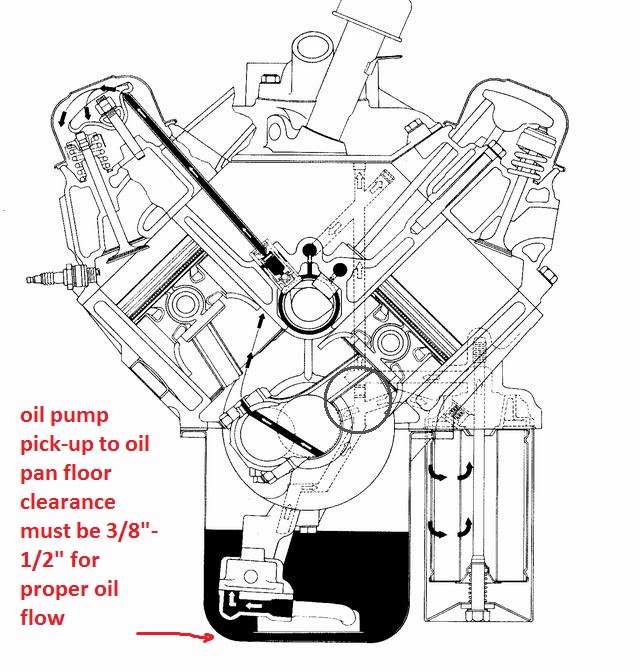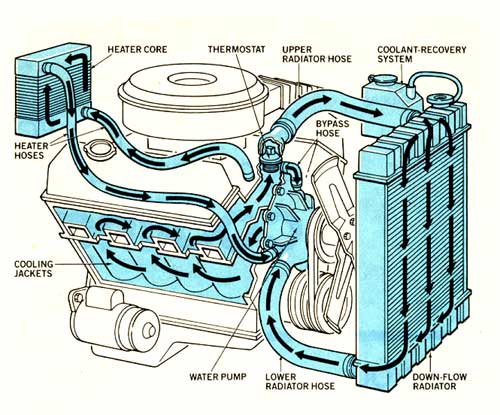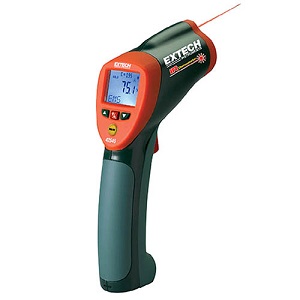when you say 215F do you mean the normal rise in temp after shut-down?
no!
oil temps SHOULD reach 215F occasionally during engine operation,
to insure all moisture is boiled off
but keep in mind , oil in the sump is going to be significantly cooler than,
oil flowing over,
rocker pivot balls,
cam lobes,
bearings,
valve springs lifters,
piston skirts and rings
ETC.
oil, flowing over the moving and sliding components absorbs a great deal of heat,
that hot oil flowing over the engine block and heads has,
its heat load rapidly absorbed and transferred too coolant,
flowing through the major components, that coolant absorbs heat from the hot oil,
and transfers it to the outside air flow ,
and air flowing over the oil pan and valve covers is easily 40F-100F cooler than the oil,
this is how much of the initial heat is transferred,now oil in your oil pan will be by design cooler than it is in other locations,
and oil flow cycles endlessly so while your engine may only hold 4-8 quarts, theres 2-7 gallons a minute passing through the oil pump,
that flow changes, depending on clearances and rpms of course, so the longer any engine runs the more passes,
the individual oil molecules have of being repeatedly heated and cooled, thus moisture boiled out, but moisture will not be totally removed unless,
oil reaches about 215F repeatedly,
this almost mandates a 190F-205F oil pan oil temp.
http://garage.grumpysperformance.co...sion-and-oil-cooler-increases-durability.176/
http://garage.grumpysperformance.com/index.php?threads/bearings-and-oil-flow.150/





